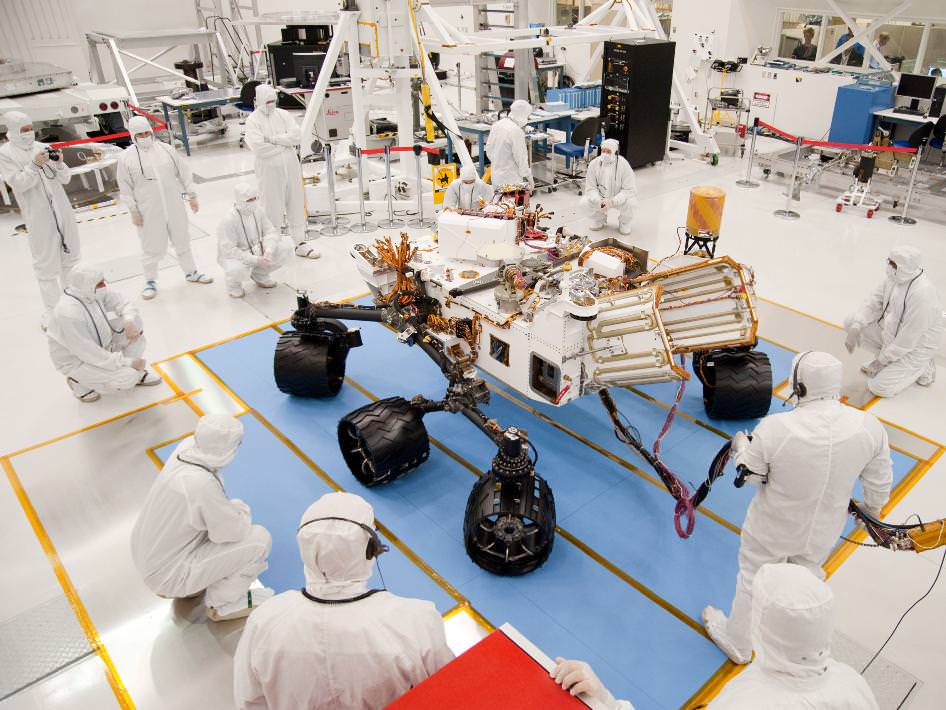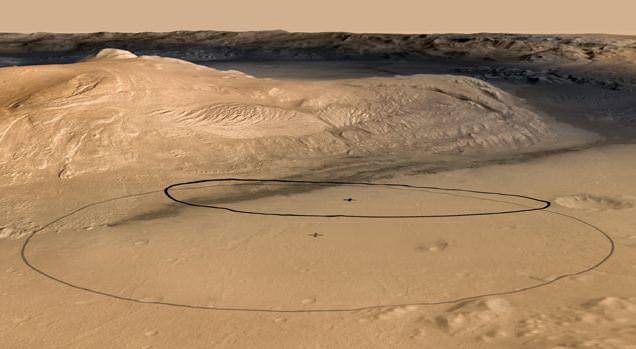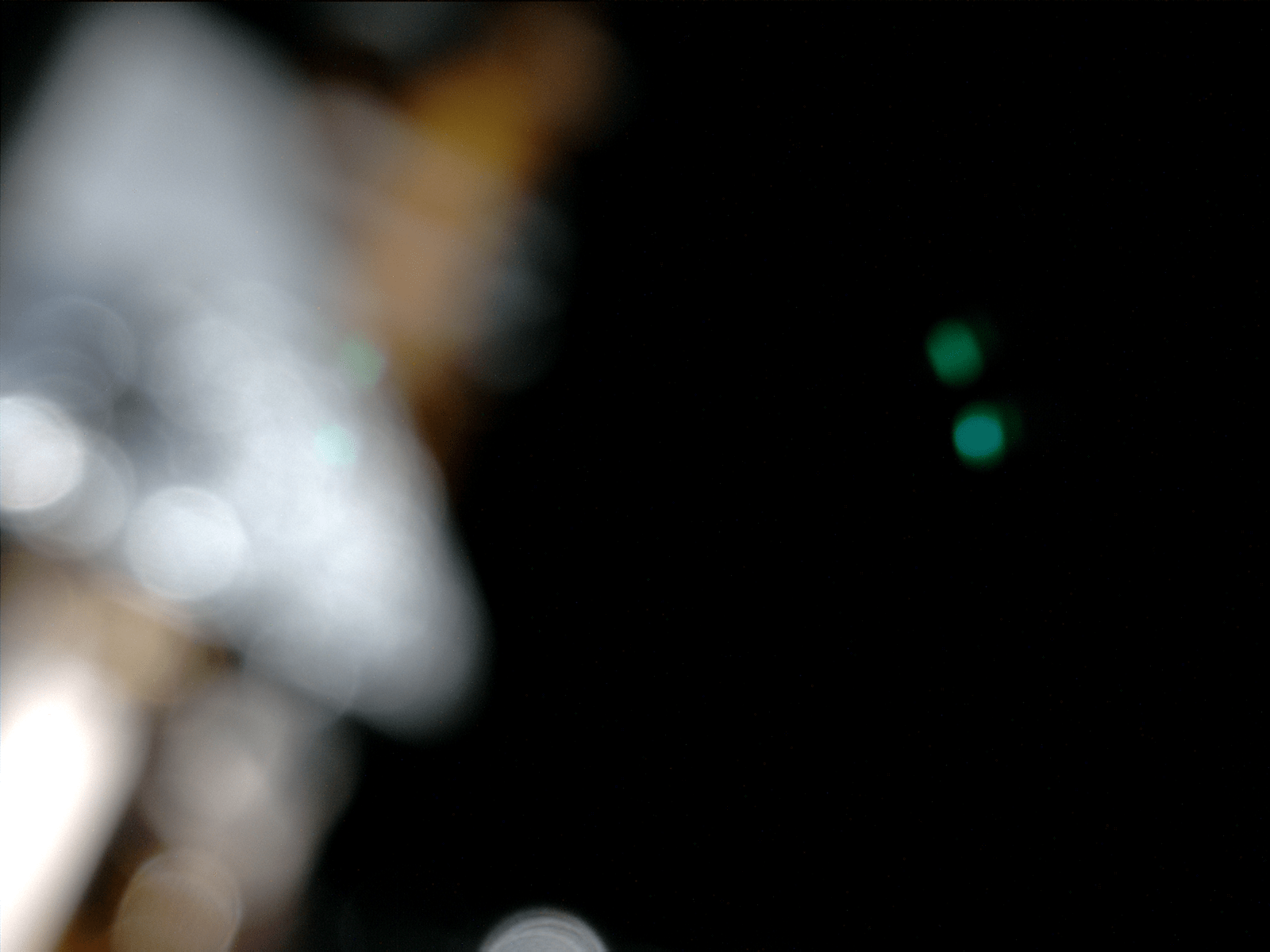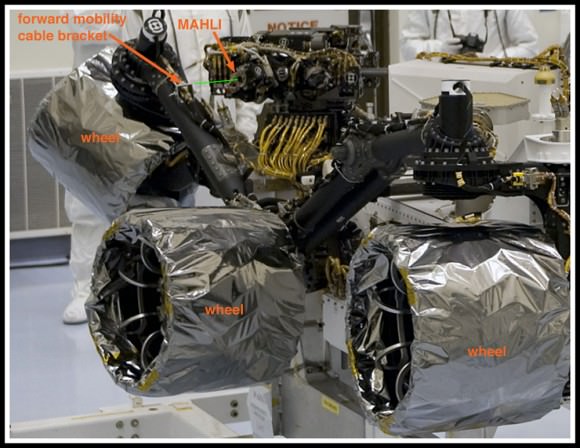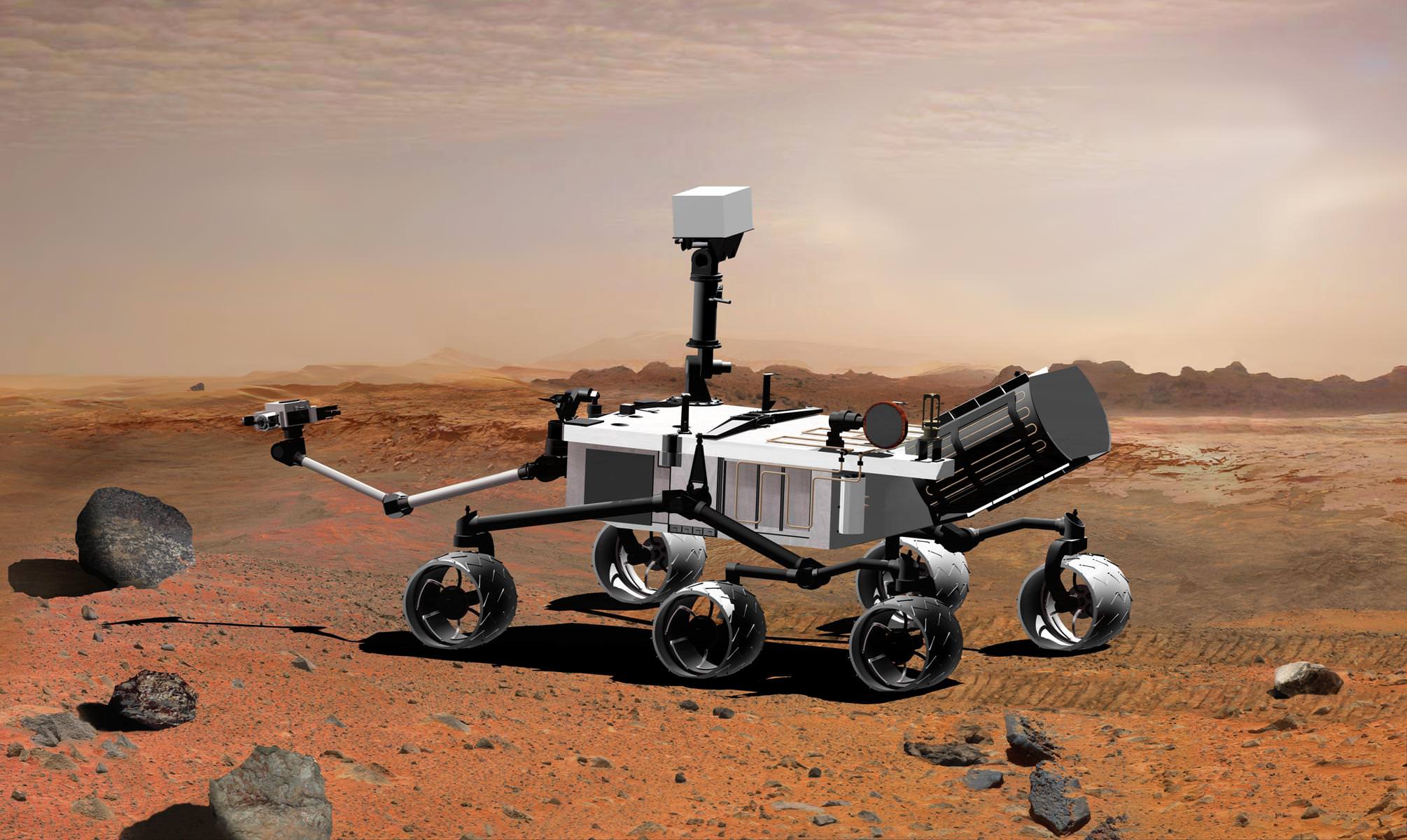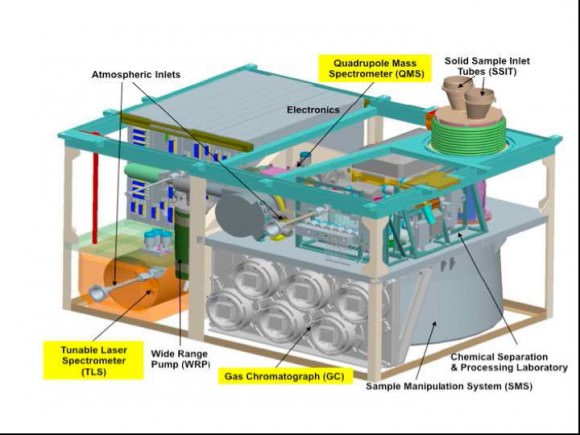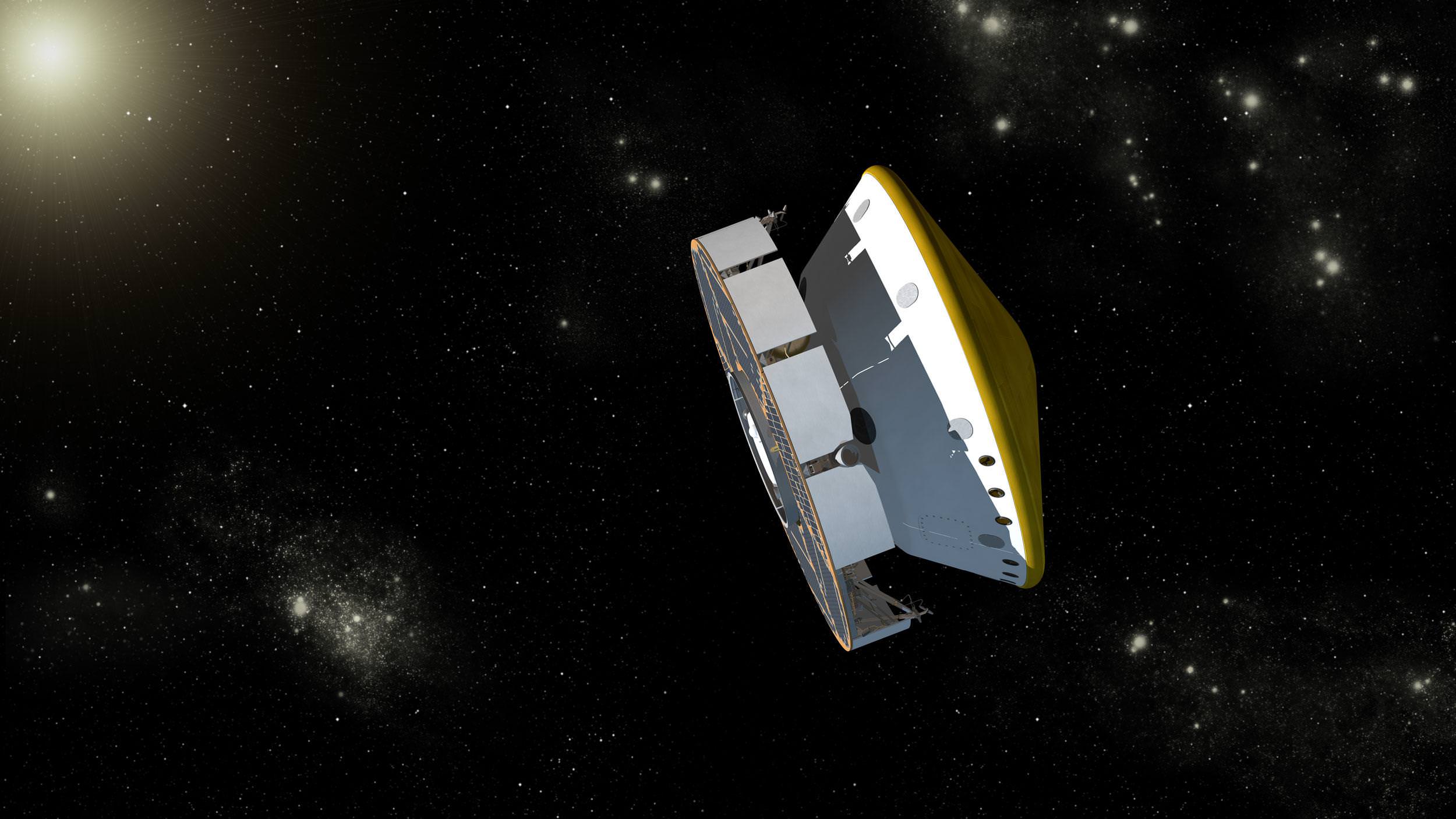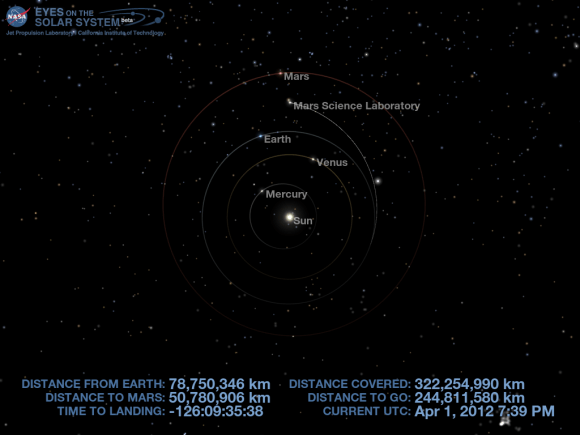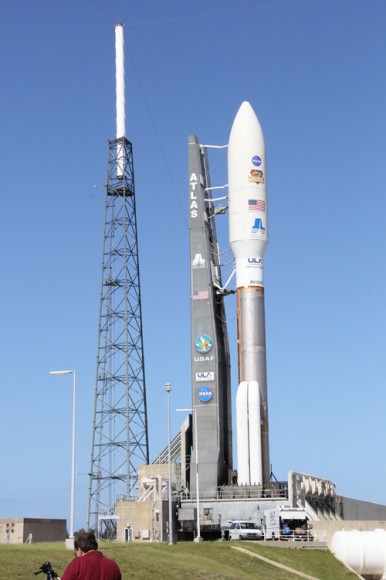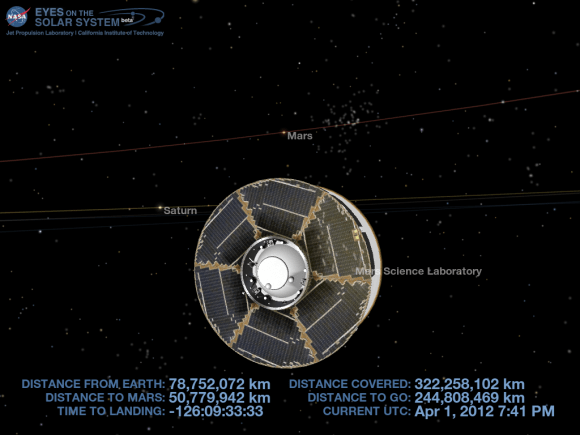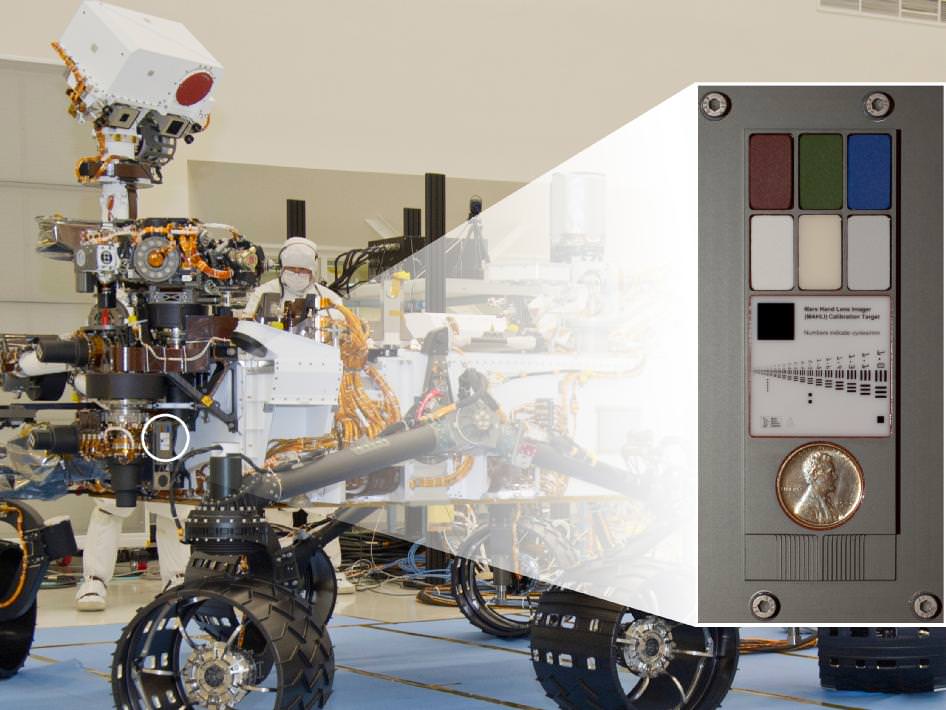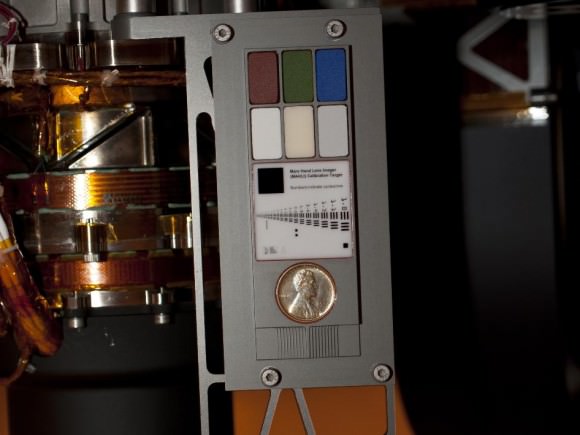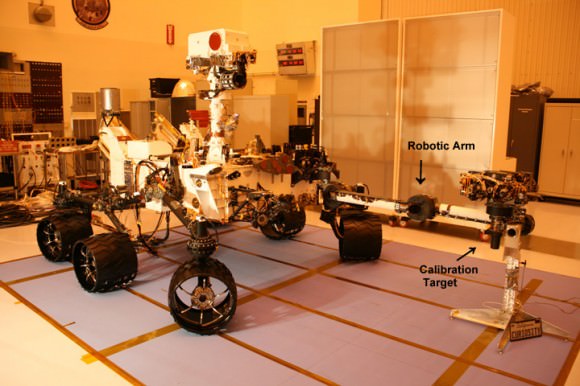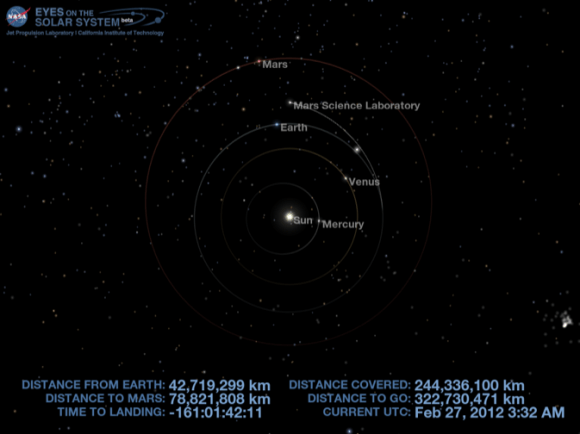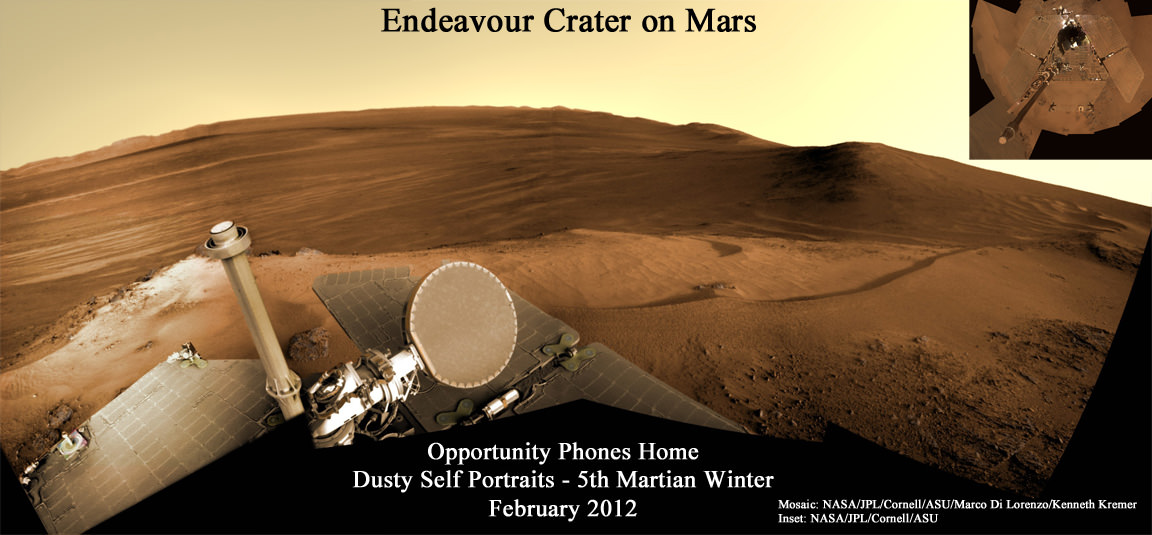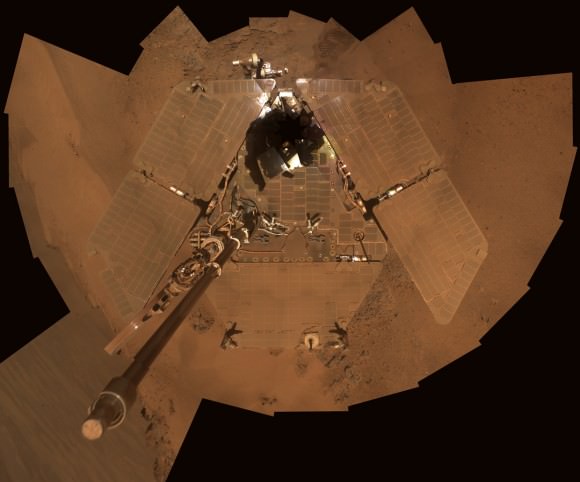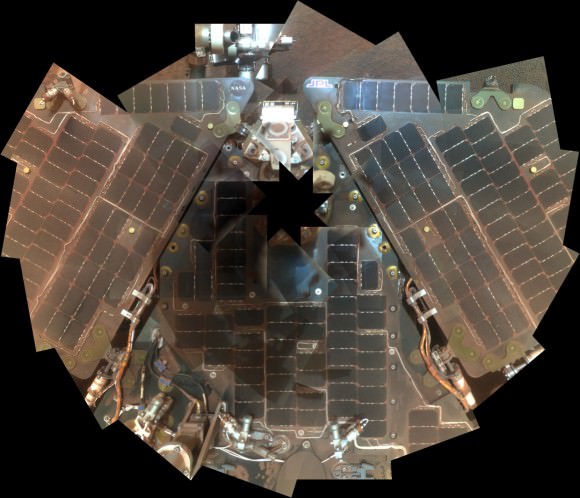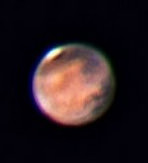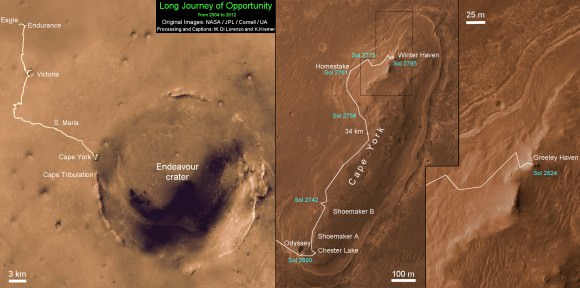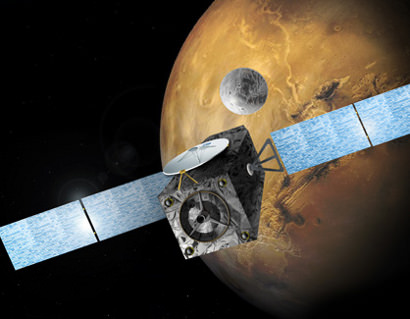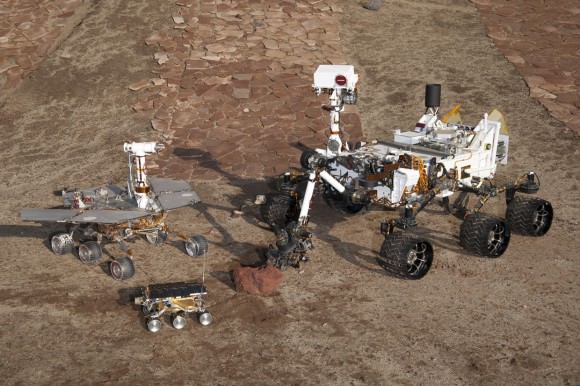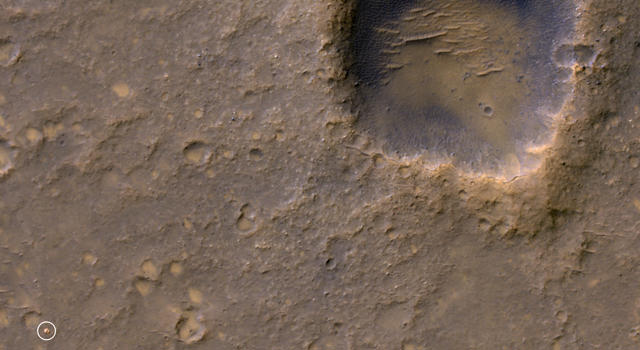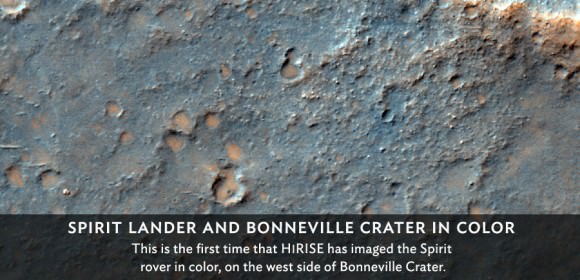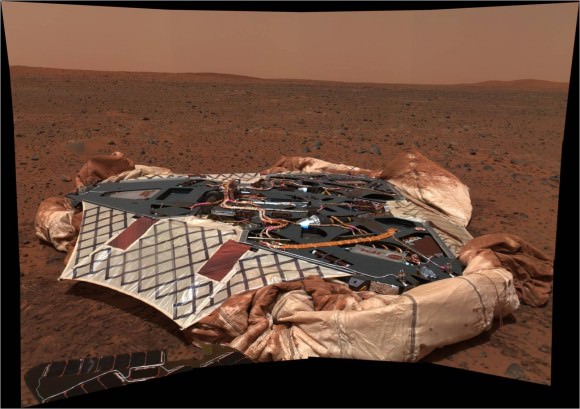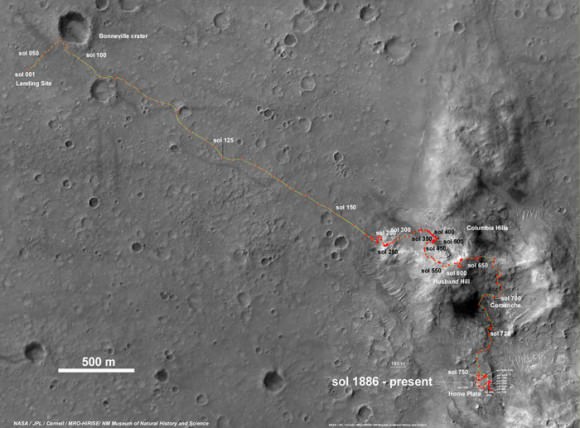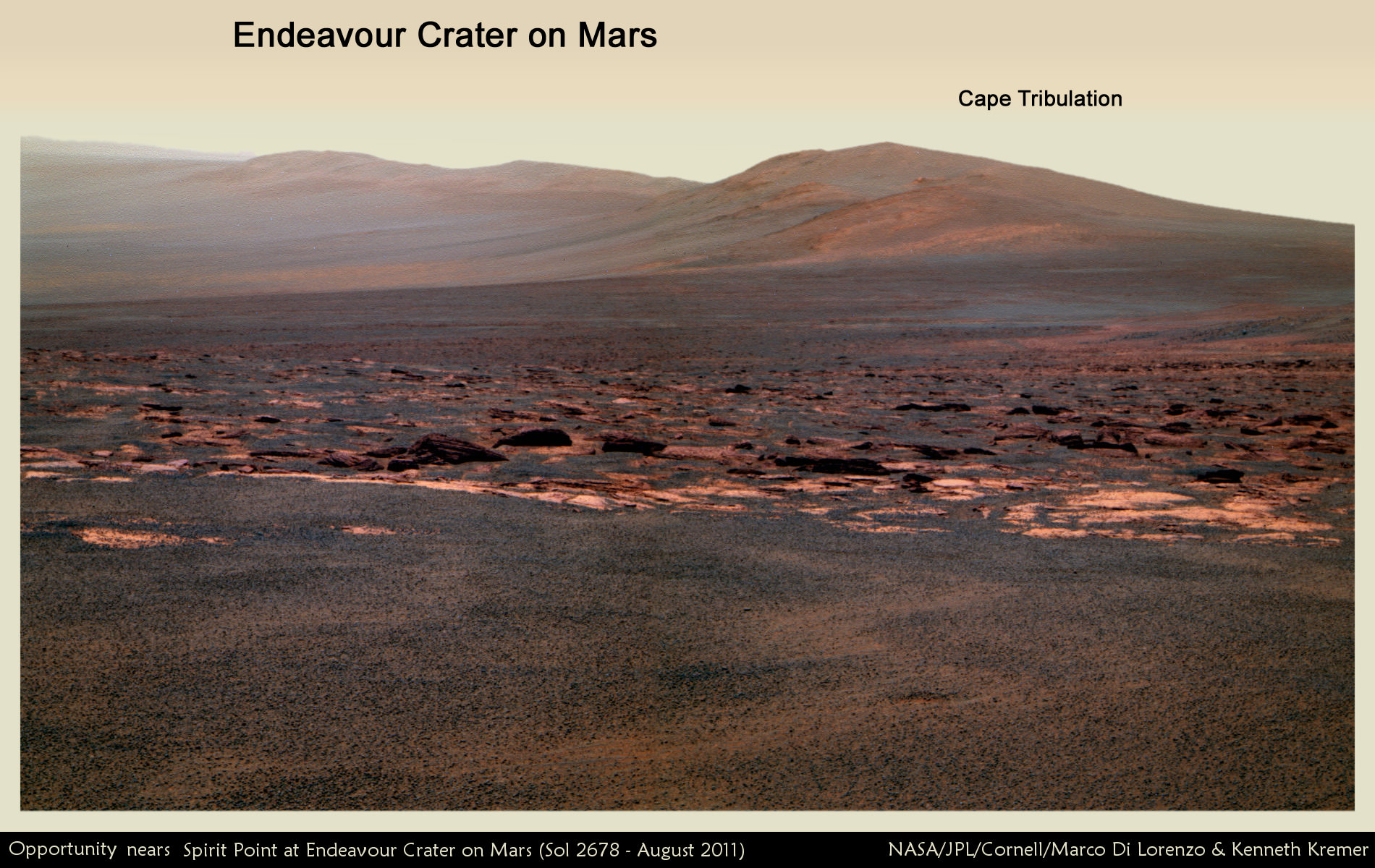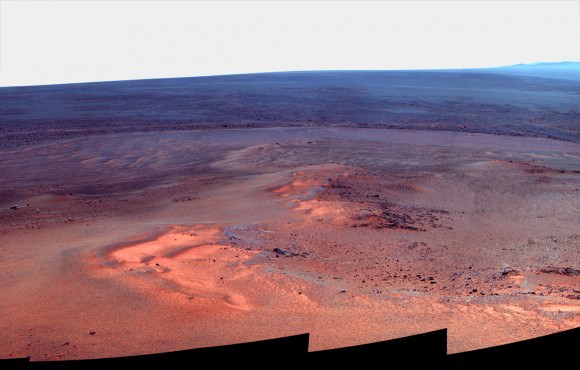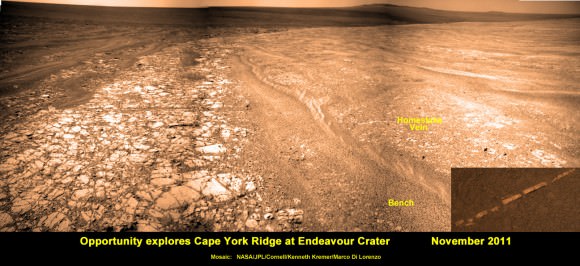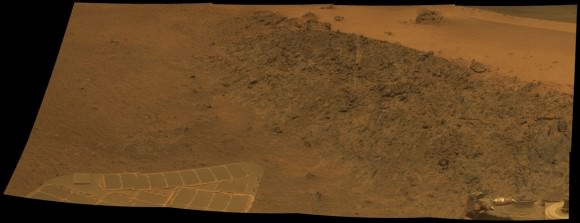Curiosity at Centre of Attention During Testing Image Credit: NASA /JPL – Caltech
There have been many reports about the possibility of NASA’s Curiosity rover contaminating Mars with microbes from Earth once it lands on the Red Planet in August. The wheels, the landing procedure and the drill bits have all come under scrutiny. But what are the concerns and what safeguards are there to prevent contamination from this or other missions?
In 1967 the United Nations drew up the ‘Treaty on Principles Governing the Activities of States in the Exploration and Use of Outer Space, Including the Moon and Other Bodies.’ All countries which sign up to the treaty “shall pursue studies of outer space, including the moon and other celestial bodies, and conduct exploration of them so as to avoid their harmful contamination.” Every mission is given a category (I,II,III,IV or V) depending on whether it is a flyby, orbiter, lander, or Earth return mission, whether its destination is a planet, moon, comet, or asteroid and whether the destination could provide clues about life or have the potential to support Earth life. So for instance Cassini is a catagory II mission, Curiosity is classed as a IVc mission.
Every stage of a mission is carefully monitored. From construction in a sterile clean room with laminar-air-flow systems, pressurized microbial barriers and personnel wearing hoods, masks, surgical gloves, booties and protective suits called bunny suits. Components and entire spacecraft are sterilized using dry heat microbial reduction, by being enclosed in a bioshield (like a large casserole dish) and baked them in an oven at 111.7 degrees Celsius for 30 hours. For more sensitive components a low-temperature process is used. Components are placed in a vacuum and hydrogen peroxide is injected into the sterilization chamber to establish a specified vapor concentration. Thousands of samples are taken at every stage of construction and tested for spore-forming organisms, for example the Viking mission in 1975 tested more than 6000 samples in total.
Three issues have arisen with the Curiosity rover. During the landing procedure a parachute and thrusters will slow the descent before the ‘sky crane’ lowers the rover, its wheels making direct contact with the surface. Previous rovers have waited on landing platforms for days before their wheels made contact with the surface and in tests it has been shown that even a few hours exposure to Martian levels of ultraviolet can kill between 81 and 96 per cent of bacteria that may be present. So once Curiosity lands it will probably need to remain stationary for some days to minimize the risk of contamination from its wheels.
Another issue arose last year, after launch, when it was realized that a step in the planetary protection measures wasn’t adhered to during the manufacture of the rover’s drill bits. These were meant to arrive at Mars inside a sterile box, but the box was opened and the bits tested for contamination and one of the bits was attached to the drill head. This procedure strayed from earlier agreed-to protocols. The drills have now become another cause concern as it has been found that Teflon and molybdenum disulfide from seals within the drill assembly could rub off and mix in to contaminate samples excavated during operation, making the samples more difficult to analyze. The MSL team are looking at ways to work around the problem, these could include running the drill on a slower, less percussive setting or dispensing with the drill altogether and relying on Curiosity’s scoop to take soils soil samples and using the rover’s wheels to roll over and break open rocks.
This all serves to highlight the importance of the planetary protection treaty to ensure we do everything possible to reduce the risk of contaminating other worlds and of compromising any data we return.
Find out more at NASA’s Office of Planetary Protection

